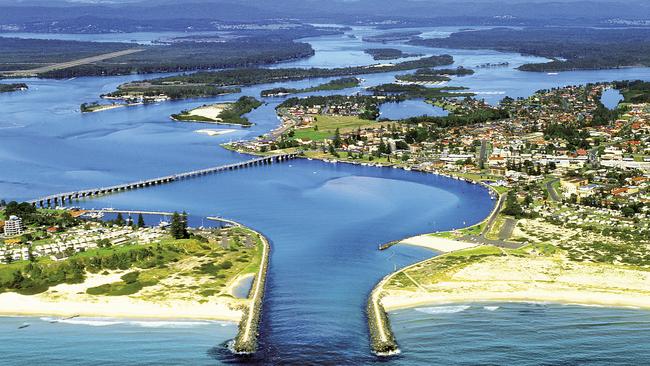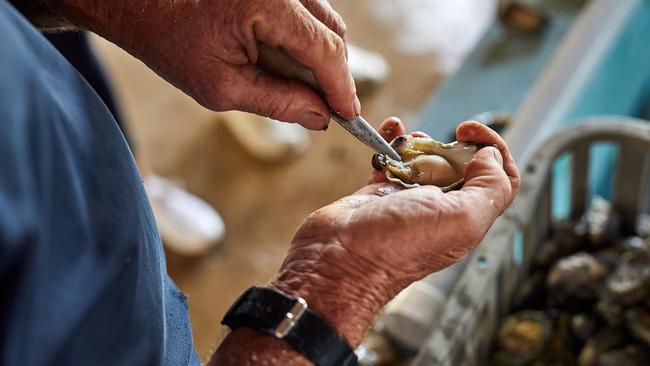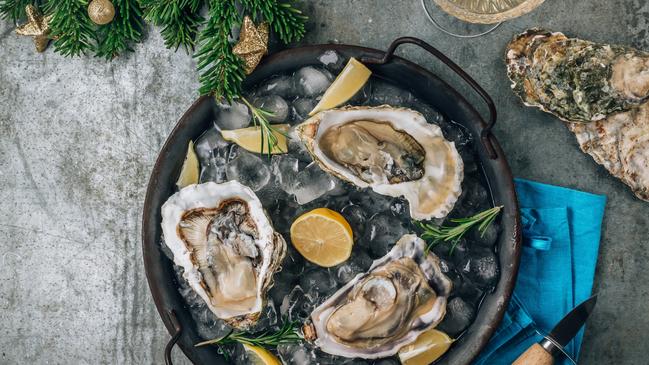NSW Food Authority, DPI respond to Wallis Lake oyster harvest closures in lead up to busy Christmas period
Authorities are investigating links between a “gastro-like illness” and oysters from a lake system renowned as one of the biggest producers of Sydney rock oysters in the nation.
Mid-North Coast
Don't miss out on the headlines from Mid-North Coast. Followed categories will be added to My News.
Authorities are investigating links between a “gastro-like illness” and oysters from the Wallis Lake system, which is renowned as one of the most significant producers of Sydney rock oysters in Australia.
As investigations continue, authorities have shut down the harvest and sale of oysters from the lake for human consumption.
The lake has been closed since October 17, with one grower describing it as the worst possible timing in the lead up to Christmas.
“The closure will be maintained until it can be confirmed that oysters from Wallis Lake are safe,” a NSW Department of Primary Industries spokesperson has now said.
The industry rebounded and the waters are considered among the cleanest in the state after a devastating hepatitis A outbreak in the late 90s linked to the area’s oysters, which resulted in hundreds contracting the virus and one death.
NSW Food Authority is working in collaboration with the DPI to investigate potential sources of contamination and remediate any issues uncovered.
“Investigations of potential sources are advanced and testing to re-open the lake for shellfish harvest will be undertaken within the next week,” a DPI spokesperson said.

After the ’97 outbreak, stringent new standards were put in place, explained a producer who has operated on the lake for the past 11 years – a “relative newcomer”.
“It’s very strict – there are a lot higher standards here than elsewhere,” he said.
Wallis Lake is located on the NSW Mid-North Coast and flows into the sea between the towns of Forster and Tuncurry.

The producer asked not to be named and said the industry is “very political”.
However, he said closures for weeks could be “overkill” given the high standards.
He said there are closures from time to time, but “what makes this different is that it’s the worst timing” in the lead up to Christmas.
“But for me, it’s not the end of the world,” he said.
He said closures can be put in place due to heavy rain events and algal blooms.

The historic hepatitis scare was triggered when heavy rain led to faecal pollution of the postcard-perfect waters.
Graham Barclay Oysters is a third-generation business operating on the lake.
Contacted for comment about the closure, a representative said “as an industry, at the moment, we are not making any comment”.
The DPI has reiterated that shellfish currently in the marketplace have been harvested under the NSW Shellfish Program.
“This is a world-class food safety program operated by the NSW Food Authority in collaboration with industry.
“Consumers can continue to purchase local seafood with confidence in the knowledge that strict food safety standards are applied to locally produced seafood,” the DPI spokesperson said.




